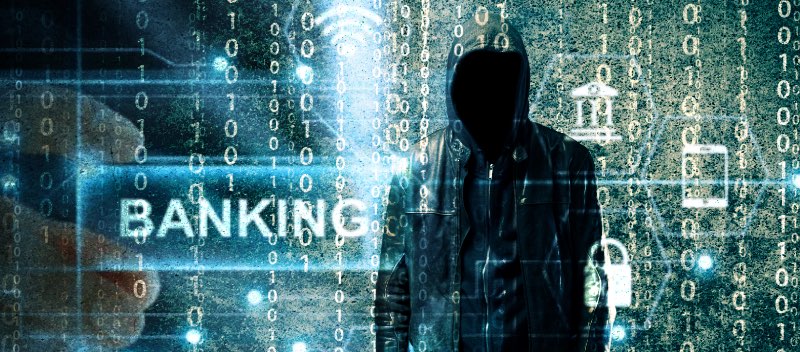
The headlines continue to buzz with news about ransomware attacks launched against educational institutions, hospitals, corporations, and banks. A recent TrendMicro report confirms that these third-party malware attacks remain prevalent. They happen when cybercriminals block access to a company’s data or systems until the entity pays the price set by the criminals. Only then is the information unencrypted and restored to its rightful owner.
Although many industries continue to suffer from ransomware attacks, the banking sector has felt the sting more than most. In the first half of 2021 alone, that sector experienced a 1318 percent year-on-year increase in ransomware attacks. That underscores the importance of maintaining a continuous focus on cutting-edge cybersecurity, including but not limited to promoting a culture of awareness among staff.
Why are banks so vulnerable? The answer lies in financial institutions’ ready access to monetary resources. They cannot afford to have their processes and activities interrupted for any length of time, making them more amenable to speedy, discreet settlements.
This does not, however, mean that banks have no recourse against ransomware incursions. Even though criminals are becoming increasingly sophisticated in their techniques, cybersecurity professionals are equally persistent and vigilant. To the extent that banks can maintain excellent cyber hygiene and avoid reinforcing bad behavior by paying the ransom requested, these forms of cybercrime may be limited.
Augmenting individual best practices with a robust international commitment to threat reduction will also go a long way toward minimizing the impact of this highly distressing and financially arduous form of crime.
